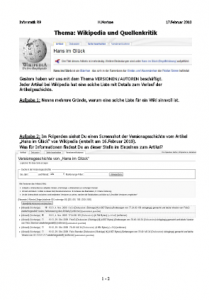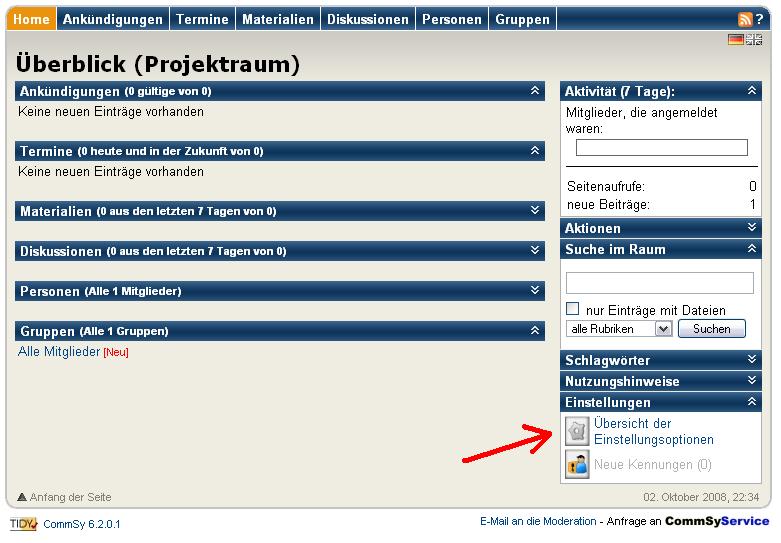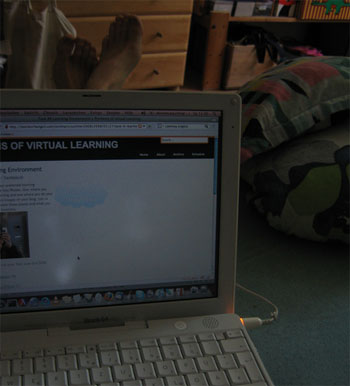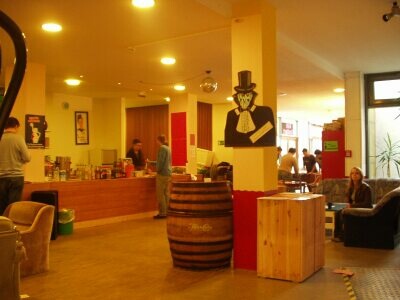Just a short sum-up of my handwritings i made at the presentation:
the presentation was held by susanne, luise and samuel
You can find another evaluation of the presentation at progress and reflection from levke and Micro-learning and Mobile Learning from sly and a third one at Micro and Mobile Learning from juliane.
methods used for the presentation: podcasts, powerpoint, videclips, fotostory
Microlearning
1st microlearning podcast (in german, sorry):
– Lerneinheiten
– Microcontent-Formen blogs / social bookmarking
– referenzierbare und strukturierte Inhalte
– Mikroebene ist nicht zeitaufwändig
– die mediale Umgebung kann über den Tag verteilt verwendet werden
An example for microlearning: Learning about Barcelona with pictures / pieces of content with short texts
second podcast:
– Karteikarte / Frage -> multiple choice ?
– push Prinzip: „nicht aufdringlich“
– „wegdrücken“ des Lernflusses / auch Problematisch
– Zwischenräume zum Lernen nutzen
My critics on this: to get results, you need to invest time anyway, so do not think just because you have nice sounding methods learning is no work anymore
Mobile Learning
Example: sms coaches which send tasks to you
Different contents can be learned across locations and with the help of portable technologies
It is also a big business of companies
Does it make sense to use mobile devices in a classroom?
(never say „of course“ in a presentation“)
Definitions and / or content of learning-types
Formal learning -> strict, aiming for diploma, grade etc., institutions
Nonformal learning -> intended learning, but not formal (the opposite of formal learning)
Informal learning -> not intended, daily life learning
critics: Isn’t it also a type of advertisment for commercial products to use „new“ terms for things which are not new? If it is big business, suddenly everything is named with keywords which sound like innovation.
A question was: What type of learning is „microlearning“ / „mobilelearning“?
Answer: It is intentional learning, but as f.e. sms coaching is nonformal, a presentation like here in the seminar is a formal learning setting.
Some more examples for microlearning were named:
– vocabulary words
– short poems
The intention of microlearning is to be used as an addition, as a modern way f.e. in languages with using the understanding of memorization and in companies for communication seminars, to integrate content in daily life.
Time for concentration is said to be no more than 30 Minutes and for memorizing it is important to use items and intervalls / rhythms.
Where could you use it in your practice?
One comment was, if you have no interest, you will not learn, whatever is the method.
Another: Learning in small sequences is not new, just the way to integrate IT in learning issues.
The integration of learning in daily life sounds to be easy via these methods, f.e. via i-pod for free learning foreign language
Fun and learning together is good, f.e. on the way travelling to university and to be time efficient is good
but multitasking seems to overcrowd and to individualise people
it can be a pressure so that informal learning fall apart
there are learning types and it is good to offer different types of learning, so good to know about technics
mixing traditional with modern methods makes a lot of sense







